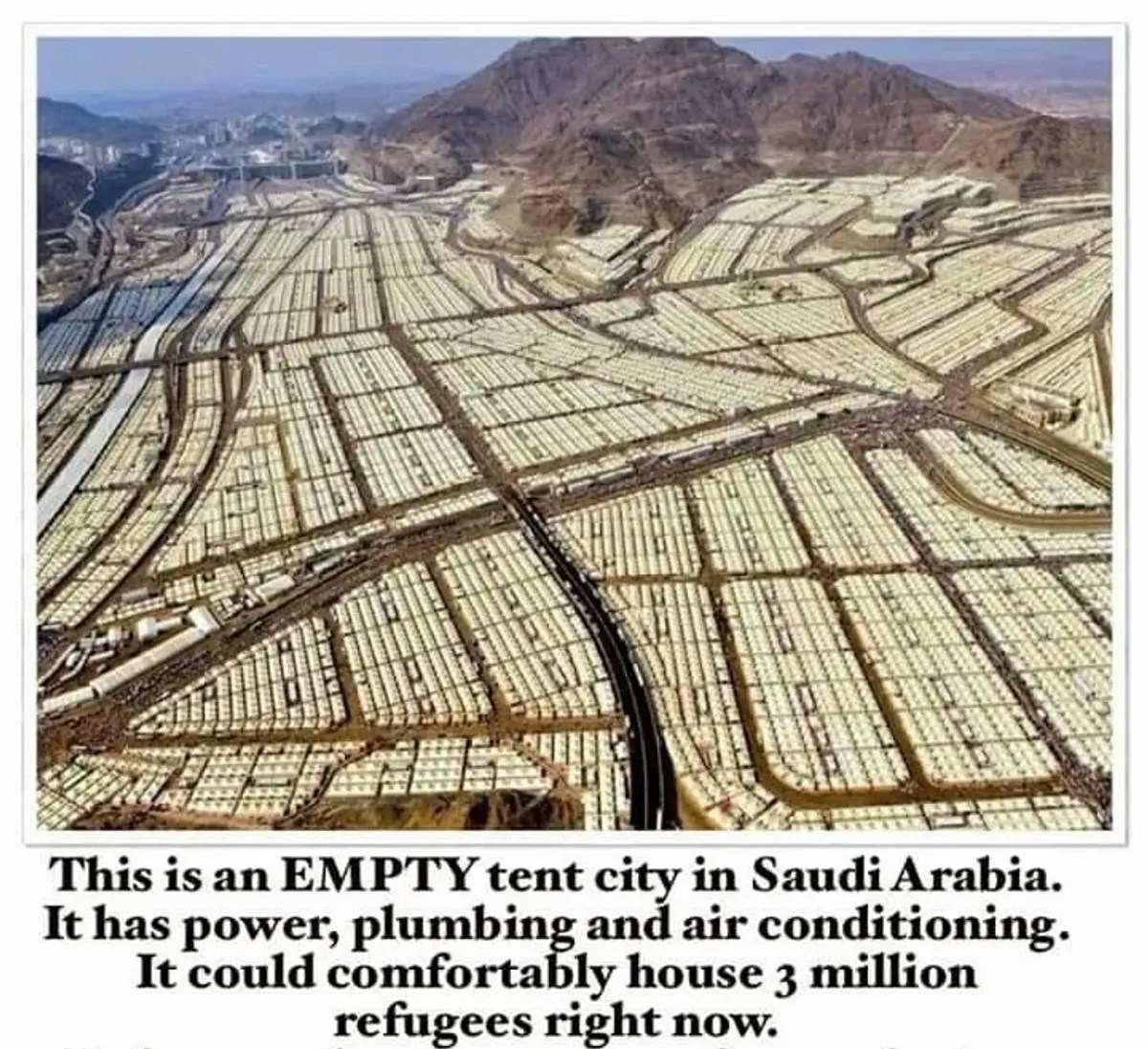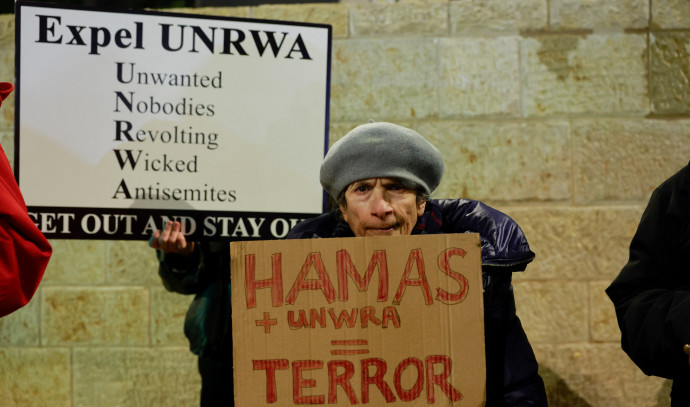Late on Thursday [February 22, 2024], Israeli Prime Minister Benjamin Netanyahu revealed his proposal for the “Day after Hamas” to the War Cabinet for the first time. The plan for post-war Gaza includes “demilitarization” of the enclave, control of the Palestinian territories and the closure of the aid organization UNRWA.
Netanyahu had previously cancelled the war cabinet’s discussions on the Gaza plans, leading to “significant pressure” from government partners and international leaders to sharpen the plans, especially as ceasefire talks are currently underway and protests demanding the release of the hostages in Israel are expanding.

Israel’s war cabinet decides on all matters related to the ongoing war and its termination. The cabinet includes Netanyahu, Defense Minister Yoav Gallant and opposition representative Benny Ganz as regular members, and Ron Dermer and Gadi Eizenkot as observer members, but not the far-right ministers of the governing coalition. The cabinet is under great external and internal pressure due to the Gazan humanitarian crisis and the release of hostages related to the ceasefire negotiations. The former head of the armed forces Eizenkot states directly “I think it is necessary to say boldly that it is impossible to get the hostages back alive in the near future without an agreement”.
Netanyahu’s “plan”
In Netanyahu’s plan, the IDF will continue fighting with the goal of destroying the military assets and regime infrastructure of Hamas and Palestinian Islamic Jihad (PIJ) and preventing them from posing a future threat. In addition, Israel continues to bring hostages home.
In the second, mid-term phase, Israel maintains freedom of action in the Gaza Strip. Israel is working with Egypt and the United States to ensure that arms smuggling from Egypt to Gaza ends and that the Gaza Strip is demilitarised. Israel seeks to strengthen Gazan’s “civilian administration” based on “local individuals with administrative experience and no ties to countries or organisations that support terrorism.”
Netanyahu’s plan talks about the need to “de-radicalize all religious, educational and welfare institutions in the Gaza Strip.” This would also include shutting down UNRWA and replacing it with other international welfare organisations.
In the long term, Netanyahu “completely rejects the international dictates of a permanent settlement with the Palestinians.” Possible arrangements can only be reached in direct negotiations between the parties without preconditions. Accordingly, Israel remains opposed to the unilateral recognition of a Palestinian state.
The IDF is expected to launch a pilot program in the Zeitoun neighborhood of Gaza City, where local civilians – including merchants and civil society leaders – will take over the administration of the area from Hamas. The civil authority managing the new administration aims to take responsibility for, among other things, the distribution of humanitarian aid, a large part of which currently ends up in the hands of Hamas.
Netanyahu as part of the problem and not necessarily its solution
Netanyahu has a big personal problem formulating a “day after the war” vision or strategy due to different domestic and foreign political visions and the personal need to stay in power. Netanyahu’s finance minister, coalition partner Bezalel Smotrich, has said that the Palestinians should move out of Gaza, and his attitude towards Israel’s Arab population has not been very favourable. In recent weeks, far-right Interior/Police Minister Itamar Ben-Gvir has tightened his rhetoric against the war cabinet, warning that he would not be a rubber stamp for the policies he opposes. The disintegration of the government could lead to early elections, which Netanyahu would clearly lose according to opinion polls.
In the past, going back to his Bar Ilan speech in 2009 and then Trump’s peace plan, Netanyahu has cautiously embraced the principle of a demilitarised Palestinian state. Forging such approval now is more difficult because of his far-right government partners.
Epilogue
It is not known whether a more detailed version of Netanyahu’s “plan” is in use by the war cabinet and the government, and if so, whether the versions differ from each other. It can also be about presenting the starting points of the negotiation arrangement in the direction of foreign powers, the political wing of Hamas and the Palestinian Authority. As such, I consider Netanyahu’s initiative to be very narrow-minded, in my view, it lacks a vision and scenarios for improving the living conditions of Gazans and, more broadly, Palestinians, not to mention the Two-State model.
Netanyahu’s “plan” does not respond in any positive way to the “Day After War” plans currently being considered in the United States and several Arab countries, in which one of the central parts is the solution of the Palestinian issue as part of the normalisation of Arab countries’ relations with Israel.
I have covered the matter in the article A Day After the Gaza War -Plan where I propose three level plan in order to solve the humanitarian crisis of the Gazans immediately, to rebuild the destroyed Palestinian territory in the medium term and to implement the Two-State solution in the long term. I also have made a new Road-map to 2-State solution .
Sources include BICOM, TheNewArab
A Day After the Gaza War by Ariel Rusila
The article first appeared in the online web publication Ariel-Israelista suomeksi









